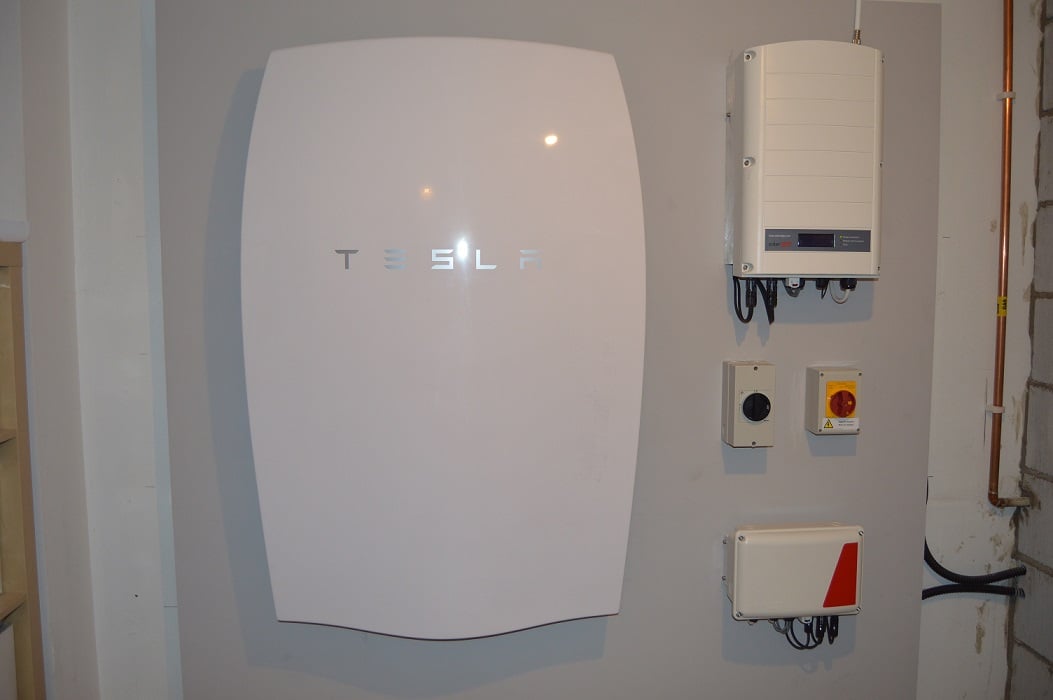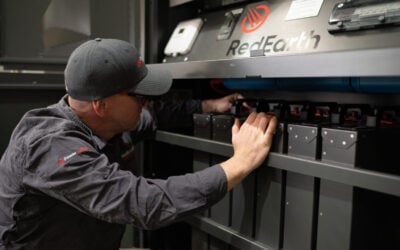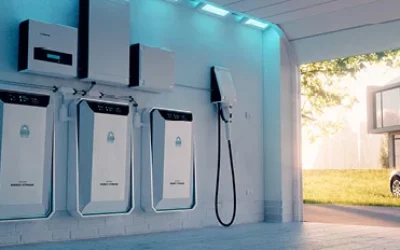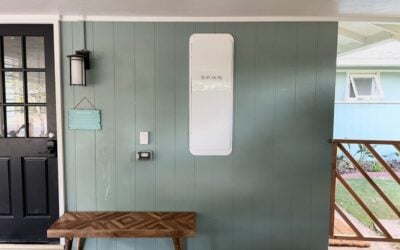
A new report from the US National Renewable Energy Laboratory (NREL) aims to track cost trends in residential PV-plus-storage, help stakeholders to identify potential cost-reduction opportunities and illuminate barriers that exist to the technology’s widespread deployment.
Installed cost benchmarks and deployment barriers for residential solar photovoltaics, produced by NREL with sustainability group Rocky Mountain Institute and the US Department of Energy (DoE) is available free of charge and is intended as the first in a series of reports documenting progress in cost reductions over time.
Enjoy 12 months of exclusive analysis
- Regular insight and analysis of the industry’s biggest developments
- In-depth interviews with the industry’s leading figures
- Annual digital subscription to the PV Tech Power journal
- Discounts on Solar Media’s portfolio of events, in-person and virtual
The first report, taking data from Q1 2016 as its starting point, attempts to provide “detailed component-level cost and system-level price benchmarks for residential installations”. Authors used bottom-up accounting for component and project development costs incurred in residential installations and modelled the cash purchase price for such systems. Taking an installer point-of-view, each cost has a 17% margin added to it, to account for the net profits added when selling to the public.
The study looks at two contrasting grid-tied system applications, one with a smaller battery, for a 5.6kW PV array and 3kW / 6kWh lithium-ion battery, the other with a bigger, 5kW / 20kWh lithium battery for the same size of PV system. Both are used for PV optimisation purposes to boost self-consumption, including peak demand shifting and time-of-use shifting, but one obviously offers the more robust backup solution.
A DC-coupled ‘small battery’ system could cost US$27,703, while an AC-coupled could cost US$29,568 on a new installation where solar and battery were installed together. However, retrofitting, which is more commonly associated with AC-coupled systems, to an existing PV system raises the installed price to US$32,786. In contrast a ‘large battery’, DC-coupled, could cost US$45,237 – significantly more than the ‘small battery’ systems. The AC-coupled version of that would be US$47,171. Part of the higher cost consists of need for more, and bigger, inverters.
Unlike PV, benchmarks do not yet exist for levelised cost of energy (LCOE) with storage, nor for simple dollar-per-watt calculations. However, numerous examples are given of installed hardware cost, with the NREL report citing the likes of GTM Research’s head of energy storage Ravi Manghani and battery expert Sam Jaffe. Manghani is quoted in 2014 as having said a 5kW / 5kWh residential storage system had per-unit costs of US$470 per kWh for the battery and US$1,692 balance of system costs. In other words, the average storage system of 3kW / 6kWh has hardware costs of US$7,896, under NREL’s modelling.
Lead author of the report, Kristen Ardani, said the despite the growing interest in pairing storage with PV, there is “a lack of publicly available cost data and analysis”.
“By expanding NREL’s well-established component- and system-level cost modeling methodology for solar PV technologies to PV-plus-storage systems, this report is the first in a series of benchmark reports that will document progress in cost reductions for the emerging PV-plus-storage market over time.”
Read the full NREL / Rocky Mountain Institute / DoE report here.






